Medieval Settlement Uncovered in Bulgaria
Archaeology in Bulgaria reports that an unidentified medieval settlement has been discovered in northwestern Bulgaria by a team of researchers, led by Elena Vasileva of Bulgaria’s National Archaeological Institute with Museum, who were investigating the path of a road construction project.
Near the Danube city of Vidin in Northwest Bulgaria, a previously unknown settlement from the Second Bulgarian Empire in the High Middle Ages and a layer from an early Bronze Age settlement from the 3rd millennium BC were uncovered.
The ruins previously unknown medieval settlement from the time of the Second Bulgarian Empire (1185-1396/1422) and structures from an Early Bronze Age settlement have been found near the town of Tarnyane, 12 kilometres away from Vidin, on the banks of the Voynishka River, which forms two waterfalls before flowing into the Danube.
The discoveries have been during rescue excavations for the construction of the Vidin – Ruzhintsi – Montana road (E79 road) in Northwest Bulgaria, bTV reports citing lead archaeologist Assist. Prof. Elena Vasileva from the National Institute and Museum of Archaeology in Sofia.
Vasileva, who points that construction project often provides invaluable opportunities to study otherwise neglected or unknown archaeological monuments, has been in charge of archaeological site No. 7 out of a total of eight archaeological sites slated for rescue excavations along the route of the road in question. The digs were carried out from September until November 2020.
The previously unknown medieval settlement near Vidin and Tarnyane existed in the 11th – 14th century on an area of a total of 54 decares (nearly 14 acres) on both banks of the Voynishka River.

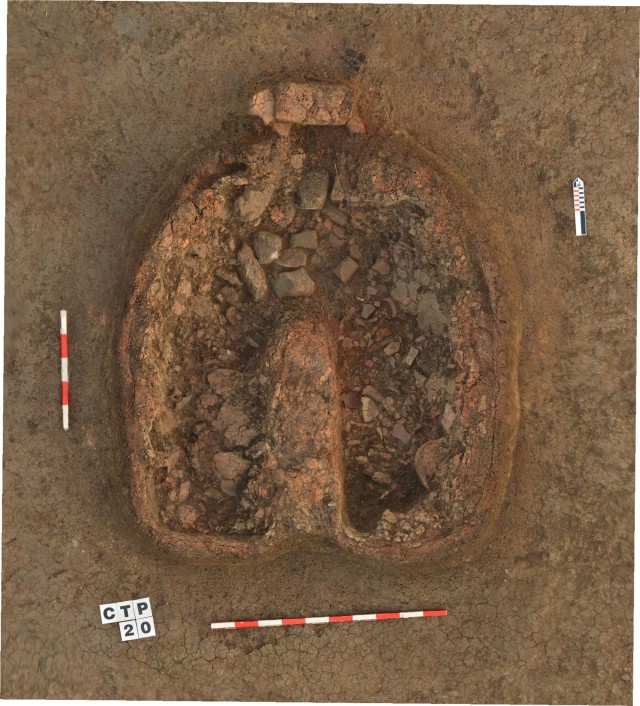
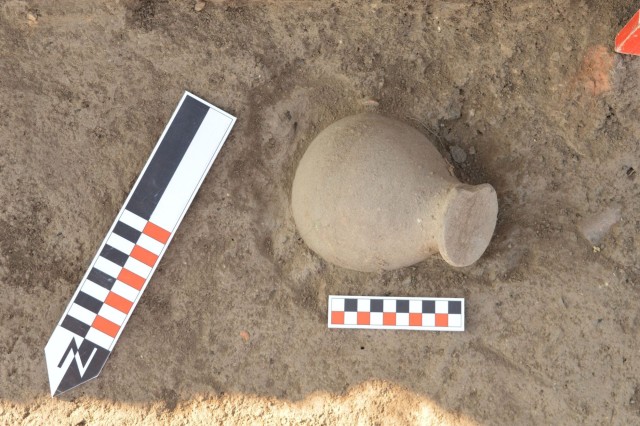
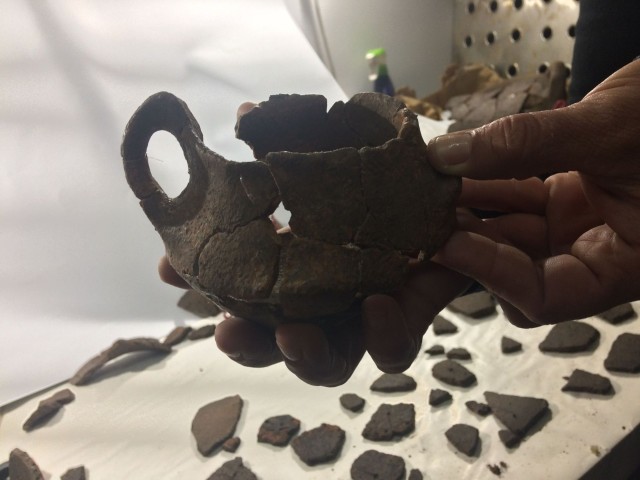
The archaeological team has excavated there a total of 47 structures from the 11th – 14th century AD.
These include 23 pits with an average depth of 2.5 meters; a moat which is 1 meter deep and 5 meters wide; eight kilns, six dwellings, including three dugouts, and one human grave.
According to the lead archaeologist, the newly discovered site is one of the few open-type settlements, i.e. with no fortifications, from the period of the Second Bulgarian Empire to have ever been researched in today’s Bulgaria.
“It contains all elements of a settlement, namely, dwellings, pits, production kilns, and a necropolis,” Vasileva says.
“Of structures, the most interesting ones are some of the pits that we’ve explored, which have a large diameter and depth, and contain animals remains – of houses and less so of smaller animals – sheep, goats, and poultry.
This practice is typical of such structures from earlier periods, i.e. the time of the First Bulgarian Empire (632/680 – 1018) but not of the later periods,” she explains.
During the medieval settlement’s excavations, the archaeological team has found a total of 350 artefacts, including coins, arrow tips, tools such as knives, chisels, awls, scrapers, loom weights, parts of copper vessels, pottery vessels such as pots and jugs, adornments such as rings, metal and glass bracelets, parts from earrings, buckles, crosses, and medallions.
Towards the end of the 14th century and the beginning of the 15th century, today’s Northwest Bulgaria and part of Eastern Serbia were part of the Vidin Tsardom, a rump state of the Second Bulgarian Empire, which was the last part of Bulgaria to be conquered by the invading Ottoman Turks.
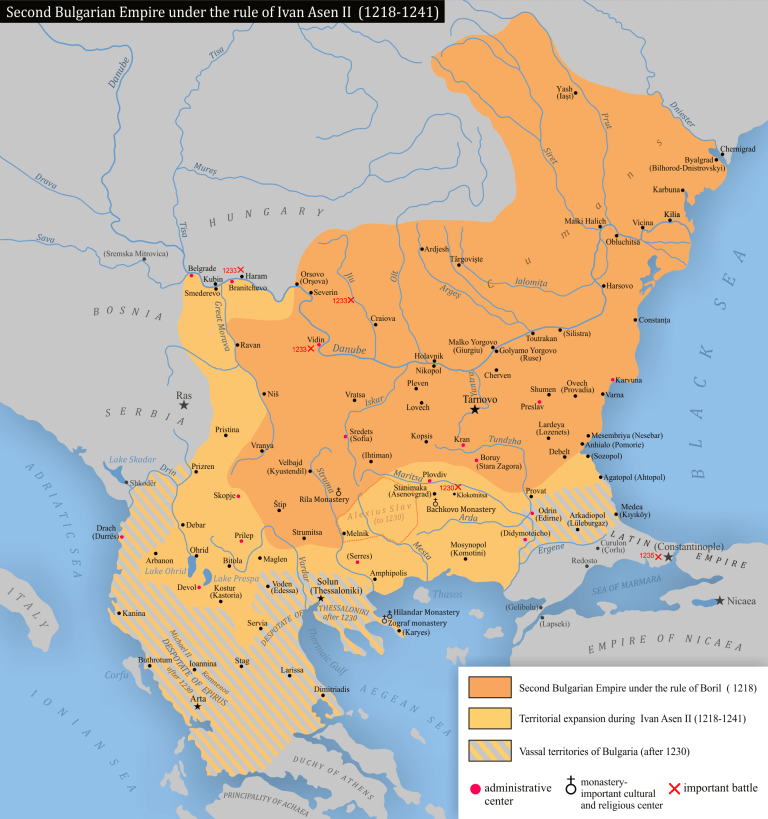
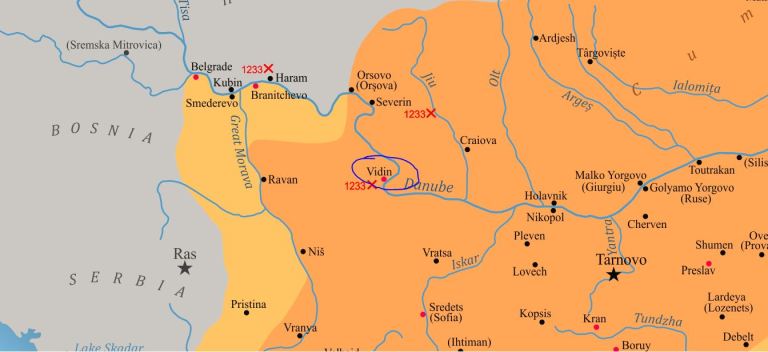
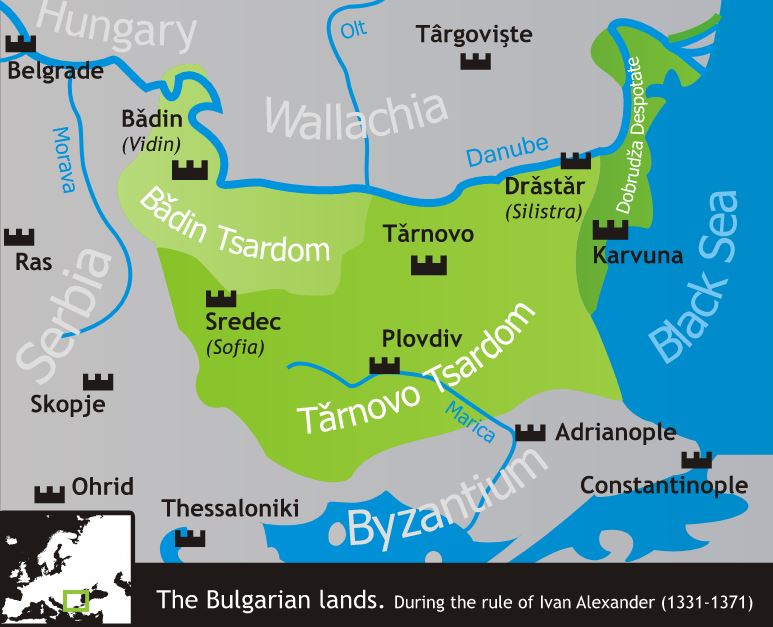
In addition to the medieval settlement from the Second Bulgarian Empire in the High Middle Ages, the archaeological site near Tarnyane on the Voynishka River also yielded a layer from the Early Bronze Age, from the so-called Magura – Cotofeni Culture, from the 3rd millennium BC. From it, the researchers have excavated one dwelling and one grave.
“The drilling surveying shows that in the 3rd millennium BC the convenient tall bank of the Voynishka River had a settlement, and later, in the 2nd millennium BC, to the south of it there was a necropolis,” Vasileva is quoted as saying.
Both the Early Bronze Age layer and the medieval settlement from the High Middle Ages will be excavated further in 2021.
The rescue excavations in 2020 have included archaeologists and archaeology students from the National Institute and Museum of Archaeology in Sofia, Sofia University “St. Kliment Ohridski”, Veliko Tarnovo University “St. Cyril and St. Methodius”, and experts from the National Institute of Morphology, Pathology, and Anthropology, and the National Museum of Natural History in Sofia.





